Where Did They Go may refer to:
- "Where Did They Go" (song), a 1972 single by Sandie Shaw, also recorded by Peggy Lee and Diana Dors
- Where Did They Go (album), a 1971 album by Peggy Lee
Where Did They Go may refer to:

Norma Deloris Egstrom, known professionally as Peggy Lee, was an American jazz and popular music singer, songwriter, and actress whose career spanned seven decades. From her beginning as a vocalist on local radio to singing with Benny Goodman's big band, Lee created a sophisticated persona, writing music for films, acting, and recording conceptual record albums combining poetry and music. Called the "Queen of American pop music", Lee recorded more than 1,100 masters and co-wrote over 270 songs.
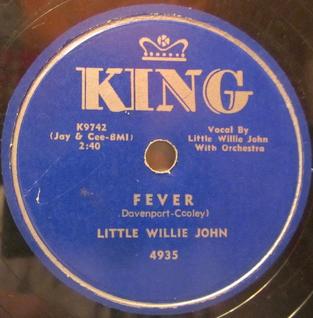
"Fever" is a song written by Eddie Cooley and Otis Blackwell, who used the pseudonym "John Davenport". It was originally recorded by American R&B singer Little Willie John for his debut album, Fever (1956), and released as a single in April of the same year. The song topped the Billboard R&B Best Sellers in the US and peaked at number 24 on the Billboard pop chart. It was received positively by music critics and included on several lists of the best songs when it was released.

If You Go is a 1961 album by Peggy Lee. John Engstead was the front cover photographer.

Miss Wonderful is a 1959 album by Peggy Lee that was arranged and conducted by Sy Oliver.

Blues Cross Country is a 1962 studio album by Peggy Lee, principally arranged by Quincy Jones, with some arrangements by Benny Carter. The album can be described as a concept album, consisting of a musical journey across the United States through swinging blues songs, many of which were written by Lee with other contributors.

Norma Deloris Egstrom from Jamestown, North Dakota is a 1972 album by Peggy Lee. It was her final album for Capitol Records, her label since 1957 and, prior to that, from 1944 to 1952.
Beauty and the Beat may refer to:
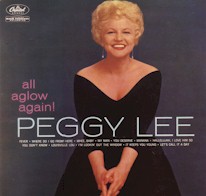
All Aglow Again! is a 1960 compilation album by Peggy Lee, arranged by Jack Marshall.

Miss Peggy Lee Sings the Blues is a 1988 studio album by jazz singer Peggy Lee. This was Lee's first album for nine years, and the first of two albums that she recorded for the Musicmasters label.
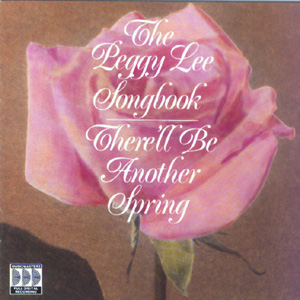
The Peggy Lee Songbook: There'll Be Another Spring is a 1989 studio album by Peggy Lee.
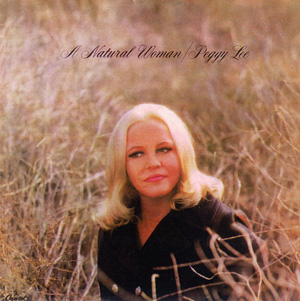
A Natural Woman is a 1969 album by Peggy Lee. It was arranged and conducted by Bobby Bryant and Mike Melvoin. John Engstead took the cover photograph.
"Mañana " is a popular song that was written by Peggy Lee and her first husband Dave Barbour and published in 1947. Peggy Lee recorded the song on November 25, 1947, with Dave Barbour's orchestra as backing. Released by Capitol Records, it became her biggest chart hit. For the week ending January 23, 1948, the single entered Billboard's Best Sellers chart, where it spent 21 weeks, nine of those at number one.
"Is That All There Is?" is a song written by American songwriting team Jerry Leiber and Mike Stoller. It became a hit for American singer Peggy Lee in 1969. The song was originally performed by Georgia Brown in May 1967 for a television special. It was first recorded by disc jockey Dan Daniel in March 1968, but this was an unauthorized recording that went unissued at the songwriters' request. The first authorized recording was by Leslie Uggams in August 1968.
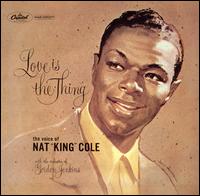
Love Is the Thing is a 1957 album released by American jazz vocalist Nat King Cole. It is the first of four collaborations between Cole and influential arranger Gordon Jenkins.
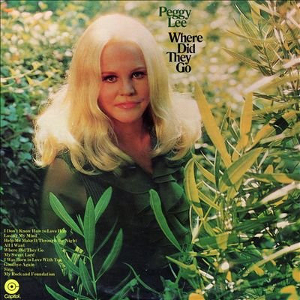
Where Did They Go is a 1971 album by Peggy Lee. It was arranged and conducted by Don Sebesky and Al Capps.

Make It with You is a 1970 album by Peggy Lee. It was arranged and conducted by Benny Golson. The album peaked at No. 194 on the Billboard 200 in December 1970. It was Lee's last album to make the Billboard chart.
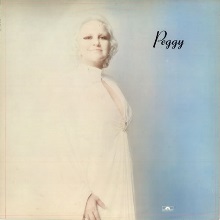
Peggy is a 1977 album by Peggy Lee that was arranged and conducted by Pete Moore.

Tormé is a 1958 studio album by Mel Tormé, arranged by Marty Paich, his first album for Verve Records.
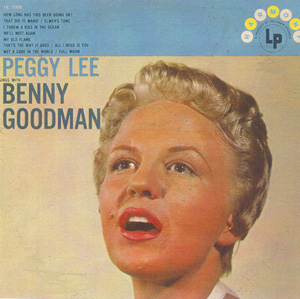
Peggy Lee Sings with Benny Goodman is a jazz album by Peggy Lee backed by Benny Goodman, released in 1957.
This article presents the discography of the jazz singer, songwriter, and composer Peggy Lee, covering her recording career from 1941 up to 1993.